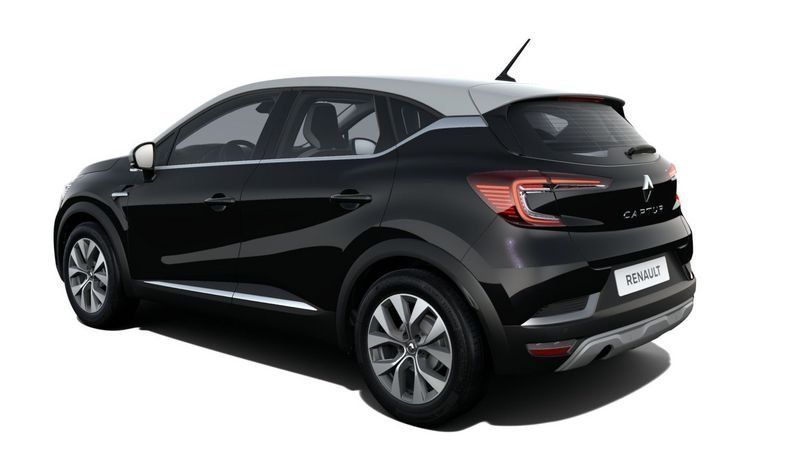
More importantly, it steers precisely and feels grippy and stable through turns. The Captur is no thriller to drive, but small SUVs aren’t designed to be. If you will run your Captur through work and have reliable access to charging then the hybrid may well prove to be extremely cheap to run, but remember it will cost more to buy. If you spend more time on the motorway, then the 115hp diesel will make more financial sense. The usual advice applies here: if you drive mainly in town, pick a petrol – Renault’s 130hp 1.3-litre strikes the best balance between price, performance and fuel economy.
#CAPTUR RENAULT USATA MANUALS#
A Renault Captur automatic with seven speeds, or five and six-speed manuals are available, depending on the engine. There’s plenty of choice when it comes to the Captur’s engines and gearboxes, with three petrols, two diesels and a plug-in petrol-electric hybrid.

The diesel versions have smaller boots than the petrols because diesel cars need tanks for AdBlue (which reduce emissions) and these tanks take up a bit of boot space. With the seats all the way back the boot shrinks to 404 litres, which is about the same size as the boot in a Skoda Kamiq, but a 2008’s boot is bigger still. That means the Captur’s boot, at 536 litres with the seats pushed forwards, is the largest of any small SUV. The Captur has a party trick in the back – its rear bench can slide forwards and backwards as one, trading rear legroom for boot space. Thankfully, it's done so, inside and out. With so many small SUVs around these days, the Captur had to grow up fast. A pair of adults will fit in comfortably, although getting a third in might prove tight. In the back, the Captur is similarly impressive.
#CAPTUR RENAULT USATA DRIVERS#
You won’t have any complaints in the front – drivers of all sizes will be able to get comfy and see out easily. The quality of the materials inside is high – although maybe the Peugeot 2008 just shades it in this respect. Renault’s digital dials don’t look as good and are less configurable than in other small SUVs too. Whichever one you choose, the native menus and response times don’t match the better systems in rivals like the VW T-Cross and Skoda Kamiq. Mid-level Iconic adds built-in sat-nav to this system while range-topping S Edition models get a larger 9-inch screen.

DAB radio and Bluetooth are standard, too.
#CAPTUR RENAULT USATA ANDROID#
And, because the Captur is taller, wider and longer than before, and has more distance between the front and rear wheels, there’s more space for people inside, particularly in the back.Įntry (Play) and mid-level (Iconic) Capturs get a 7-inch portrait infotainment system without built-in sat-nav but featuring Apple CarPlay and Android Auto so you can still get navigation through your smartphone. Inside, the Captur has also moved on, getting a new infotainment system, slicker design and upgraded materials. It’s still a Captur, but it looks like it’s been doing some serious training. It’s been updated recently so now the Captur’s exterior has C-shaped LED running lights, LED headlights as standard, a wider grille, redesigned bumpers and larger alloy wheel options. It’s like comparing a macaron with a digestive – they’re both taken with a cuppa, but the French snack looks more attractive and tastes better. It looks a bit more stylish than conventional alternatives such as the Skoda Kamiq or Volkswagen T-Cross. There are loads of small SUVs to choose from these days, so a car needs to have a little something different, a little je ne sais quoi, to stand out.


 0 kommentar(er)
0 kommentar(er)
